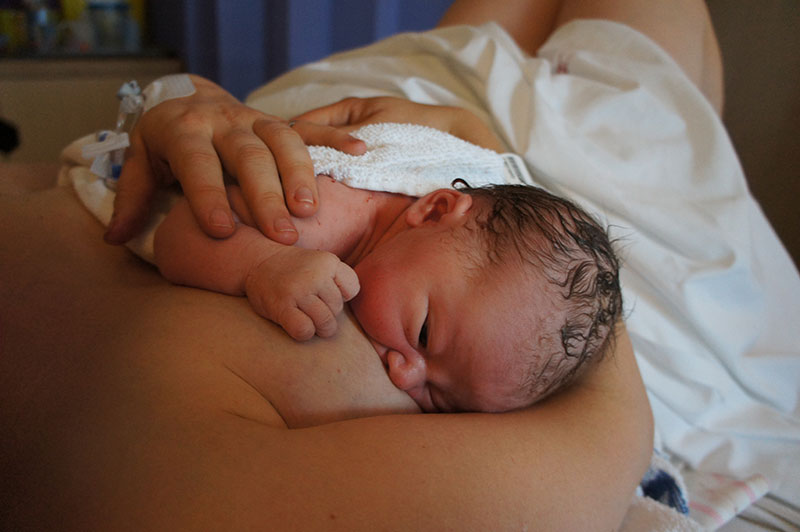Finding out about breastfeeding during pregnancy will help you feel more confident about getting off to a good start when your baby arrives. To learn more about breastfeeding you can:
- chat to other mums who are breastfeeding or connect with women who have beastfeed before. A local antenatal class is a good place to start
- have a look through the information on our website
- pop along to a breastfeeding support drop-in, where you’ll receive advice and reassurance
- watch our ‘Before baby arrives’ playlist to find out how your body prepares for breastfeeding while you’re pregnant, how your partner can support you, and what to expect in the first day or two of your baby’s life
- visit one of our Hello Baby sessions.
How does my body prepare for breastfeeding?
Your body has been preparing itself for breastfeeding right from the start of your pregnancy. The blood supply to your breasts increases during pregnancy, and your milk ducts and milk-producing cells develop more with each pregnancy that you have.
The size of your breasts before pregnancy, and how much they grow during pregnancy, has no effect on how much milk you'll be able to produce for your baby.
When your baby is born and the placenta comes away, your body goes from ‘pregnant mode’ to ‘milk making mode’ as levels of the hormone progesterone drop. As your baby feeds, you should experience an increase in the amount of milk produced in the coming days and weeks.
See the page for more information and a checklist to reassure yourself all is well.
Should I prepare my nipples?
To prepare for your new arrival your nipples will also change during pregnancy. The dark area around your nipples, called the areola, will release oil to naturally lubricate your nipples. This oil also smells of amniotic fluid, the liquid that surrounds your unborn baby in the womb during pregnancy. Your baby will recognise this as a familiar smell and be comforted and reassured by it, especially in the first days after birth.
Skin-to-skin and the first feed
Hold your baby against your skin as soon as possible after the birth and for as long as you want. This will calm your baby and give you both the chance to rest, keep warm and get to know each other.
Babies have strong instincts to feed. They're able to see and smell the nipple and latch themselves with a little help from you. The latch might not be perfect at first and you may need some support to feel comfortable. Skin-to-skin contact is the ideal way to give that support.
Breastfeeding and skin-to-skin contact release a hormone called oxytocin in you and your baby. This hormone is often called ‘the love hormone’. It helps you and your baby feel close and connected to each other. Bonding is a gradual process. It can take days, weeks or months to build that special closeness.

First feed together
Watch Cameron and his mum Angela enjoying their first feed together after spending time skin-to-skin.
Breastfeeding allows you and your baby to spend time together and can give you both a rest whenever you feel you need one.
Skin-to-skin helps to increase milk supply and gives you and your baby the time to practice feeding. A great way to do this is to have a ‘babymoon’ together. You can cuddle up in bed, for example, and enjoy all the baby snuggles. Once you’re both at home, you can settle on the sofa with a box set.
 Take a look at the Lullaby Trust's safer sleep advice for more tips on how to enjoy this special time.
Take a look at the Lullaby Trust's safer sleep advice for more tips on how to enjoy this special time.
Skin-to-skin cuddles from dads and partners will strengthen the bond between them while helping your baby feel calm and secure.
'Meeting Baby for the first time' is a video from UNICEF Baby Friendly about the benefits of skin-to-skin in the golden hour after birth.
If you don’t get to have skin-to-skin straight from birth because you or your baby are unwell or need medical attention, don’t worry. You can make up for lost time whenever you are ready to start. Visit the ‘If your baby arrives early or unwell’ page for more information.
